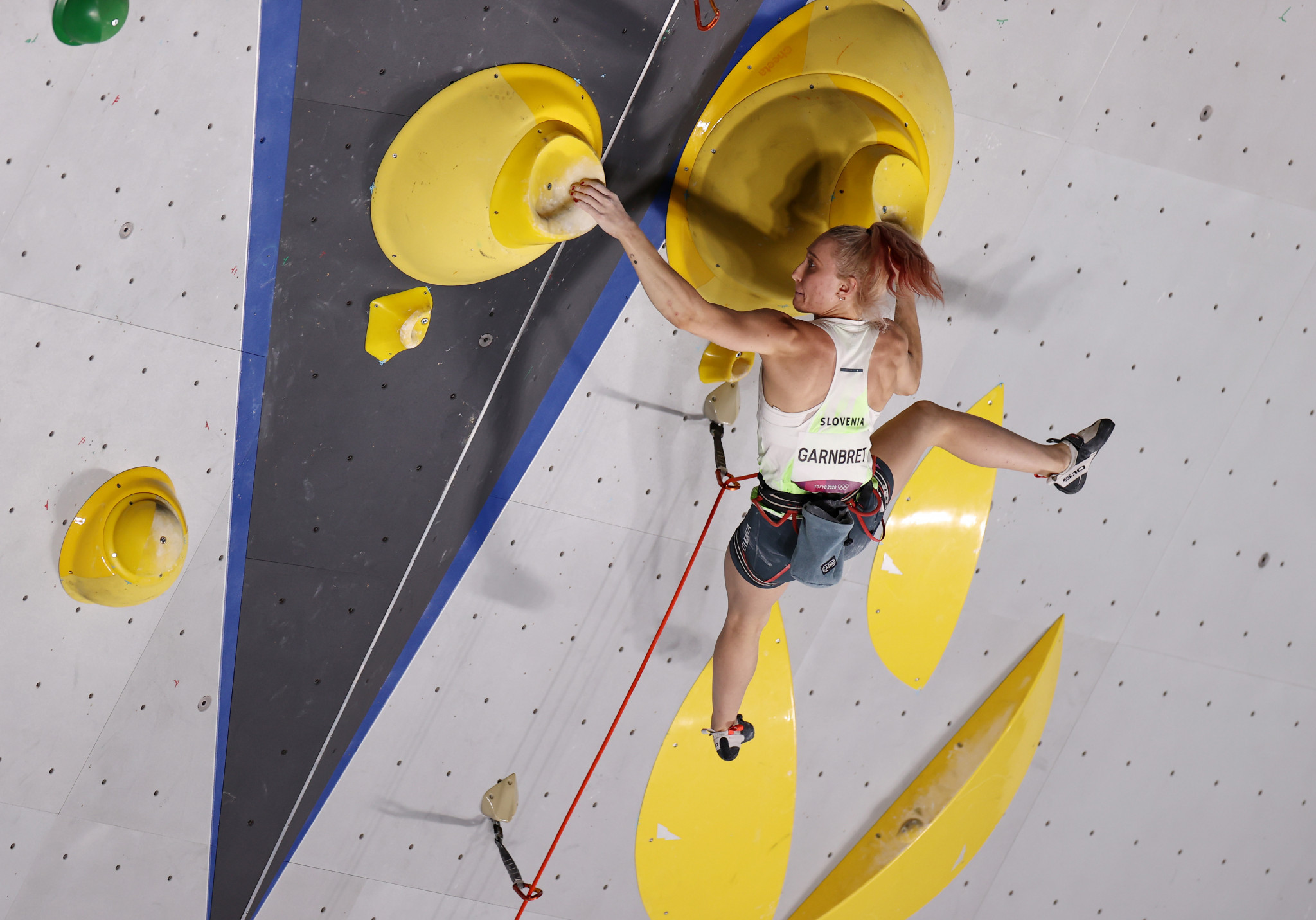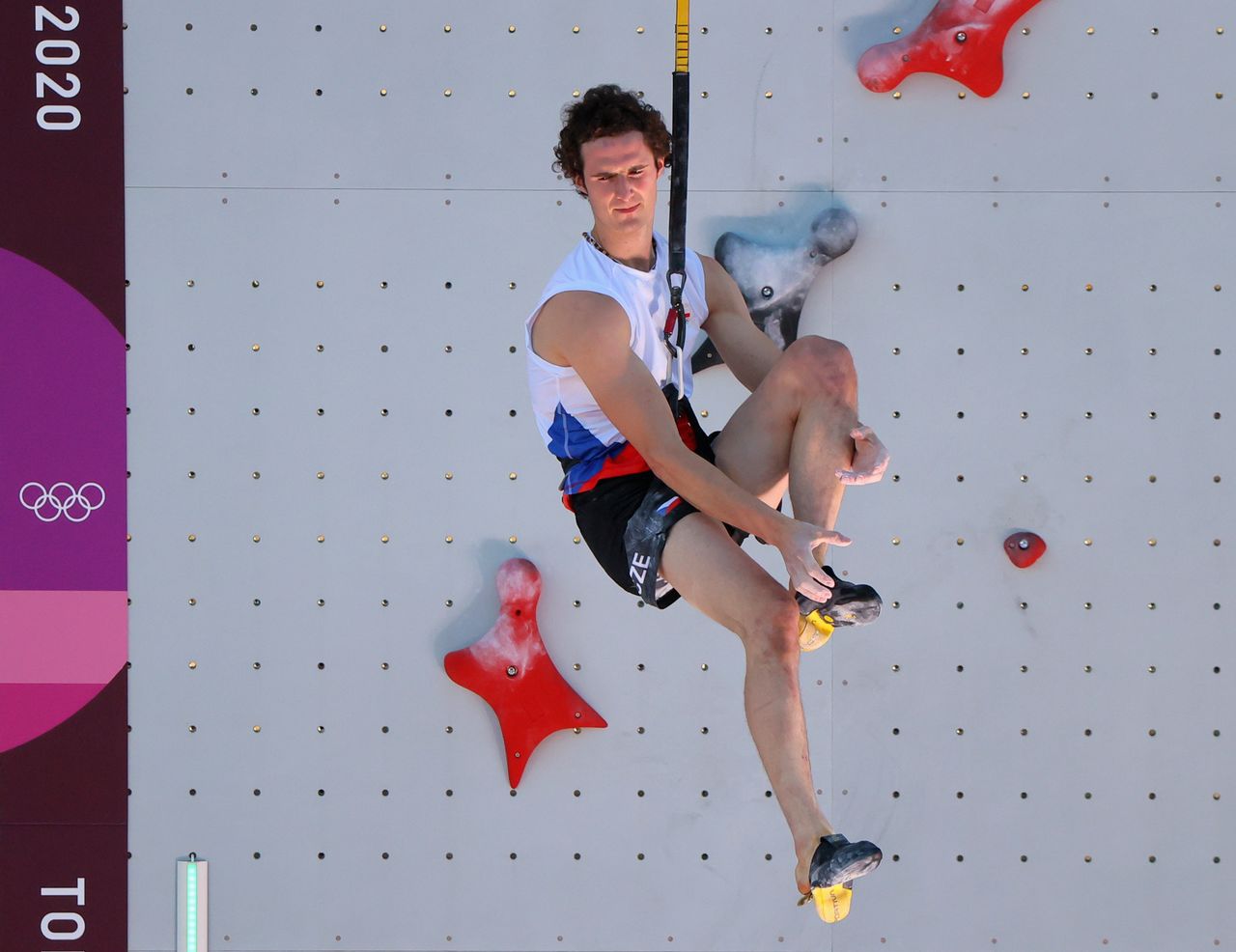The Evolution of Sport Climbing in the Olympics

The inclusion of sport climbing in the Tokyo 2020 Olympics marked a significant milestone for the sport, signaling its arrival on the global stage. This journey from niche activity to Olympic discipline has been a fascinating one, driven by a combination of factors including its inherent appeal, growing popularity, and the efforts of dedicated athletes and organizations.
The Historical Context of Sport Climbing’s Inclusion
Sport climbing’s journey to the Olympics began in the 1980s and 1990s, as the sport gained traction worldwide. Its inclusion in the Olympics was a gradual process, fueled by a combination of factors:
- The growing popularity of sport climbing, particularly in Europe and the United States, which saw an increase in participation and competition.
- The development of standardized rules and regulations for competition, creating a framework for fair and consistent judging.
- The establishment of international governing bodies, such as the International Federation of Sport Climbing (IFSC), which helped promote and organize the sport on a global level.
Challenges and Opportunities Faced During the Transition
The transition of sport climbing from a niche activity to an Olympic discipline presented both challenges and opportunities.
- One of the main challenges was the need to adapt the sport’s format to fit the Olympic framework. This involved streamlining the competition format and ensuring that it was accessible to a wider audience.
- Another challenge was the need to increase the sport’s visibility and appeal to a global audience. This required marketing and promotion efforts to reach new audiences and showcase the sport’s unique characteristics.
- The inclusion of sport climbing in the Olympics also presented significant opportunities. It provided a platform for athletes to showcase their skills on a global stage and to inspire a new generation of climbers.
- It also helped to legitimize the sport and increase its funding and resources, leading to further growth and development.
The Impact of the Olympics on Sport Climbing, Sport climbing combined olympics video
The 2020 Tokyo Olympics had a significant impact on sport climbing. It exposed the sport to a wider audience, leading to a surge in interest and participation.
- The Olympics helped to raise the sport’s profile and increase its popularity, particularly among younger generations.
- It also led to increased funding and investment in the sport, enabling the development of new climbing facilities and training programs.
- The Olympics also helped to attract new sponsors and partners, providing valuable resources for the sport’s growth.
Comparison of Sport Climbing Events in the Olympics to Other Competitions
The format of sport climbing events in the Olympics differs from other competitions in several key ways.
- The Olympic format combines three disciplines: lead climbing, bouldering, and speed climbing. This multi-disciplinary approach showcases the diverse range of skills required in sport climbing.
- The Olympic competition format is designed to be more accessible and engaging for a wider audience. It features a fast-paced and dynamic format that is exciting to watch.
- The inclusion of speed climbing, which is a relatively new discipline, has added a new dimension to the sport and made it more visually appealing to viewers.
Analyzing Key Aspects of Sport Climbing in Olympic Videos: Sport Climbing Combined Olympics Video

The Olympic Games have witnessed the inclusion of sport climbing as a thrilling new discipline, captivating audiences with its technical prowess, athleticism, and captivating displays of human resilience. Examining the various aspects of sport climbing in Olympic videos reveals the intricacies and challenges faced by these elite athletes, providing insights into the captivating world of this dynamic sport.
Disciplines of Sport Climbing
Sport climbing, as an Olympic discipline, encompasses three distinct formats, each demanding unique skills and strategies.
- Bouldering: This discipline involves climbing relatively short, challenging routes without ropes or harnesses, with safety provided by thick crash pads. Athletes aim to complete a series of difficult moves within a set time limit, often utilizing creative and dynamic techniques to overcome obstacles.
- Lead Climbing: In lead climbing, athletes ascend a tall wall with ropes and harnesses, securing their safety by clipping into pre-placed protection points along the route. The challenge lies in navigating increasingly difficult sections of the wall, requiring strength, endurance, and strategic decision-making.
- Speed Climbing: This adrenaline-pumping discipline focuses on speed and efficiency. Athletes race against the clock to climb a standardized wall, employing explosive power and precise movements to reach the top as quickly as possible.
Technical Skills and Strategies Employed by Top Athletes
Top athletes in Olympic sport climbing videos demonstrate a remarkable mastery of technical skills and strategies that allow them to conquer seemingly impossible routes.
- Footwork: Precise and dynamic footwork is paramount in sport climbing, enabling athletes to maintain balance, generate power, and conserve energy. They employ a variety of foot techniques, such as heel hooks, toe hooks, and drop knees, to efficiently navigate challenging holds.
- Body Positioning: Athletes use their bodies strategically to optimize their movements and conserve energy. Techniques like dynamic moves, stemming, and contortionist-like positions allow them to reach seemingly impossible holds.
- Route Reading: Success in sport climbing hinges on an athlete’s ability to analyze a route, identify key moves, and develop a strategic plan of attack. This involves studying the holds, understanding the sequence of moves, and anticipating potential challenges.
Importance of Physical Conditioning and Mental Fortitude
Sport climbing demands an exceptional level of physical conditioning and mental fortitude, pushing athletes to their limits.
- Strength and Power: Climbing requires immense strength, particularly in the upper body, to pull oneself up and maintain a secure grip on holds. Athletes train rigorously to develop strength, power, and endurance.
- Flexibility and Mobility: Sport climbing often necessitates contortionist-like movements and flexibility, allowing athletes to reach awkward holds and maintain balance.
- Mental Resilience: Facing challenging routes and overcoming fear of heights requires a high level of mental resilience. Athletes must stay focused, maintain composure, and persevere even when faced with setbacks.
Role of Safety Protocols and Equipment
Safety is paramount in sport climbing, with strict protocols and specialized equipment ensuring the well-being of athletes.
- Belaying: Belaying is a crucial safety practice in lead climbing, where a designated partner controls the rope, ensuring the climber’s safety in case of a fall.
- Ropes and Harnesses: High-quality ropes and harnesses are essential for safety in lead climbing, providing a secure connection to the belayer and absorbing the impact of falls.
- Protection Points: In lead climbing, pre-placed protection points, known as quickdraws, are clipped into the rope to create a secure anchor and prevent long falls.
The Future of Sport Climbing in the Olympics

Sport climbing, after its successful debut at the Tokyo 2020 Olympics, is poised to reach even greater heights in the future. The sport’s dynamic nature, coupled with its growing popularity, makes it a compelling candidate for increased prominence in future Olympic Games.
The Potential for Increased Popularity and Visibility
The inclusion of sport climbing in the Olympics has already led to a surge in participation and interest, particularly among young people. This trend is likely to continue, with the sport gaining further exposure through televised broadcasts and online platforms. The captivating nature of sport climbing, with its blend of strength, agility, and technical prowess, makes it a visually engaging and exciting spectacle for viewers. Moreover, the sport’s adaptability, with various disciplines like bouldering, lead climbing, and speed climbing, caters to diverse audiences and skill levels.
Potential Changes and Innovations in the Format and Rules
The format and rules of sport climbing competitions are constantly evolving to enhance the viewing experience and highlight the sport’s unique challenges. Potential changes could include:
- More dynamic and interactive formats: The introduction of interactive elements, such as audience participation or real-time voting, could further engage viewers and create a more immersive experience.
- Integration of technology: The use of virtual reality (VR) technology could allow viewers to experience the thrill of climbing from the perspective of the athlete. VR simulations could also be used for training and preparation, providing athletes with realistic and immersive practice environments.
- Data-driven insights: Advanced data analysis tools can provide valuable insights into athlete performance, helping coaches optimize training strategies and identify areas for improvement. This data could also be used to create engaging visualizations for viewers, enhancing their understanding of the technical aspects of the sport.
The Impact of Technology
Technology plays a crucial role in the evolution of sport climbing, influencing both training and competition. The use of virtual reality (VR) is transforming training methods, allowing athletes to experience realistic climbing environments and practice complex movements without physical risk. VR simulations can also be used to analyze and optimize climbing techniques, providing athletes with personalized feedback and insights.
Data analysis is another crucial aspect of technology’s impact on sport climbing. Advanced sensors and wearable devices collect detailed data on athlete performance, including speed, movement patterns, and heart rate. This data can be analyzed to identify strengths and weaknesses, optimize training programs, and predict potential risks. The use of data analysis is particularly relevant in speed climbing, where fractions of a second can determine the outcome of a competition.
Watching the sport climbing combined Olympics video, I was struck by the incredible strength and agility of the athletes. It reminded me of the time I was searching for a specific spice for a recipe, and stumbled upon a hidden gem – a vibrant Indian store near me.
The aromas and flavors transported me to another world, just like the climbers conquering those challenging walls. The video truly showcased the dedication and passion required for both athletic and culinary pursuits.
Watching the sport climbing combined Olympics video got me craving some delicious Indian food, maybe a spicy vindaloo or a fragrant biryani. If you’re looking for a culinary adventure, check out this guide to Indian food near you.
After all, what better way to celebrate the athleticism and skill of the climbers than with a flavorful meal? I’m sure the athletes would agree!